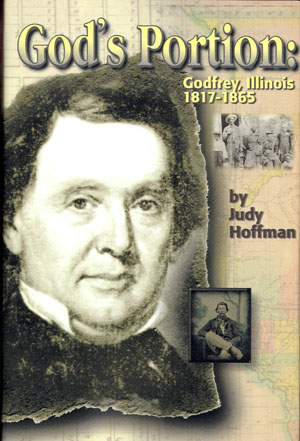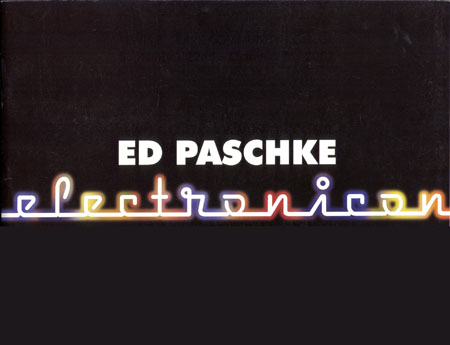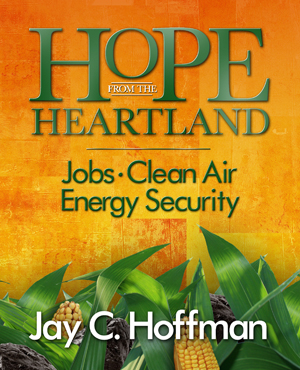"God’s Portion: Godfrey, Illinois 1817-1865”
by Judy Hoffman
 This is the story of the making of the town of Godfrey, Illinois. Connecting to the confluences of three great rivers: the Mississippi, the Illinois, and the Missouri, this area was situated near the starting point of the Lewis and Clark expedition. It was inhabited by diverse and radically different peoples.
This is the story of the making of the town of Godfrey, Illinois. Connecting to the confluences of three great rivers: the Mississippi, the Illinois, and the Missouri, this area was situated near the starting point of the Lewis and Clark expedition. It was inhabited by diverse and radically different peoples.
A cultural confluence as well as a geographic confluence, this area would be home to a remarkable series of tales, adventures, turmoil and clashes. This book details those historical stories and uncovers the layers connecting them to each other. One of the most compelling parts of this story is the tale of the cooperation among runaway slaves, free blacks and white abolitionists. There are also tales of commercial empire, abolition, temperance, the education of women and railroad expansion.
Published 2005
Paperback (includes tax): $15.97
Hard cover (includes tax): $26.66
“Ed Paschke: Electronicon”
by Michael Dunbar and Marc Paschke
 For three decades, Ed Paschke was a prolific and commanding figure in the art world. AS one of the most visible of the Chicago Imagists, Paschke created a distinctive interpretation of contemporary American culture viewed through the unique perspective of newspapers, tabloids, and electronic media. As an artist of the era, he observed and absorbed every visual aspect of the electronic transformation of society and has, with a neon pallete, reflected it back through his artwork.
For three decades, Ed Paschke was a prolific and commanding figure in the art world. AS one of the most visible of the Chicago Imagists, Paschke created a distinctive interpretation of contemporary American culture viewed through the unique perspective of newspapers, tabloids, and electronic media. As an artist of the era, he observed and absorbed every visual aspect of the electronic transformation of society and has, with a neon pallete, reflected it back through his artwork.
Paschke exhibited primarily with the Phyllis Kind Gallery, in Chicago and New York from 1977 to 1996, the Galerie Darthea Speyer in Paris from 1974 through 2004 and the Maya Polsky Gallery in Chicago from 1996-2004. His first major retrospective was sponsored by the Art Institute of Chicago in 1989 and traveled to the Pompidou Centre in Paris, France and the Dallas Museum of Art. A professor of art at Northwestern University and a leading activist for the arts, Paschke was a popular and accessible artist of international stature.
In 2004 he was selected to create one of the largest commissions of his career, the commemorative painting of the Bicentennial of the Lewis and Clark expedition, “Corps of Discover.” On Wednesday, November 24, 2004 the Chicago Public Broadcasting Station WTTW filmed Paschke working on this two-panel painting in his Howard Street Studio. That night Ed Paschke died in his sleep. Through the guidance of his son Marc Paschke, a small group of artists have come together to create their interpretation of what his last major work of art would look like through the use of digital imaging.
This publication is a tribute to Ed Paschke. Featured are memories of Pascke by authors, critics, artists, friends and colleagues. Illustrated are works from three decades of his career interspersed with photographs of Ed Paschke assembled by his son. Also included are the digital interpretations of his unfinished final work of art. The vibrant images illustrated in this publication can only hint at the more than 1,500 major paintings created by Ed Paschke during his career, just as the photographs assembled by his son can only allude to the incredible personality of this gifted artist.
Published 2007
Coffee Table Book: $50.75
“Hope From the Heartland”
by Jay C. Hoffman
 Representative Jay C. Hoffman has spent nearly two decades in the Illinois legislature and understands the policy challenges, as well as the practical realities, surrounding the development of a comprehensive energy plan. Hope from the Heartland demonstrates that the Midwest has the resources necessary to spark a green revolution. Hoffman’s book proves that America’s Heartland is posed to lead the nation in job creation, clean air and energy security. This can be accomplished by utilizing the Midwest’s natural resources to produce ethanol and biodiesel and its advanced technologies for clean coal, wind, solar, hydrokinetic, and geothermal energy production. The region is also home to leading educational and research institutions and a skilled workforce that will rise to meet the needs of the green economy.
Representative Jay C. Hoffman has spent nearly two decades in the Illinois legislature and understands the policy challenges, as well as the practical realities, surrounding the development of a comprehensive energy plan. Hope from the Heartland demonstrates that the Midwest has the resources necessary to spark a green revolution. Hoffman’s book proves that America’s Heartland is posed to lead the nation in job creation, clean air and energy security. This can be accomplished by utilizing the Midwest’s natural resources to produce ethanol and biodiesel and its advanced technologies for clean coal, wind, solar, hydrokinetic, and geothermal energy production. The region is also home to leading educational and research institutions and a skilled workforce that will rise to meet the needs of the green economy.
Hope from the Heartland advocates that the Midwest must develop clean energy technologies, rather than continuing to rely on rapidly dwindling foreign resources. Hoffman argues that by uniting behind a strategic plan to combat the challenges of climate change and to reduce our nation’s dependence on foreign oil, the Midwest can create jobs and stimulate economic growth in a region that has been ravaged by unemployment and the decline of the manufacturing sector. Hope from the Heartland proves that by using the region’s abundant natural resources and geographic blessings, the Midwest can retool its industrial base to utilize new technology, jumpstart its struggling economy, and create good-paying jobs while securing the nation’s energy future.
Published 2009
Paperback (includes tax): $15.97
Hard Cover (includes tax): $26.66
To Order
For more information or to order a copy, contact the Foundation Office at (618) 468-2011.

 This is the story of the making of the town of Godfrey, Illinois. Connecting to the confluences of three great rivers: the Mississippi, the Illinois, and the Missouri, this area was situated near the starting point of the Lewis and Clark expedition. It was inhabited by diverse and radically different peoples.
This is the story of the making of the town of Godfrey, Illinois. Connecting to the confluences of three great rivers: the Mississippi, the Illinois, and the Missouri, this area was situated near the starting point of the Lewis and Clark expedition. It was inhabited by diverse and radically different peoples.  Representative Jay C. Hoffman has spent nearly two decades in the Illinois legislature and understands the policy challenges, as well as the practical realities, surrounding the development of a comprehensive energy plan. Hope from the Heartland demonstrates that the Midwest has the resources necessary to spark a green revolution. Hoffman’s book proves that America’s Heartland is posed to lead the nation in job creation, clean air and energy security. This can be accomplished by utilizing the Midwest’s natural resources to produce ethanol and biodiesel and its advanced technologies for clean coal, wind, solar, hydrokinetic, and geothermal energy production. The region is also home to leading educational and research institutions and a skilled workforce that will rise to meet the needs of the green economy.
Representative Jay C. Hoffman has spent nearly two decades in the Illinois legislature and understands the policy challenges, as well as the practical realities, surrounding the development of a comprehensive energy plan. Hope from the Heartland demonstrates that the Midwest has the resources necessary to spark a green revolution. Hoffman’s book proves that America’s Heartland is posed to lead the nation in job creation, clean air and energy security. This can be accomplished by utilizing the Midwest’s natural resources to produce ethanol and biodiesel and its advanced technologies for clean coal, wind, solar, hydrokinetic, and geothermal energy production. The region is also home to leading educational and research institutions and a skilled workforce that will rise to meet the needs of the green economy.